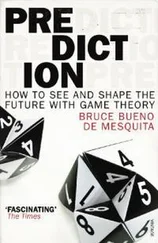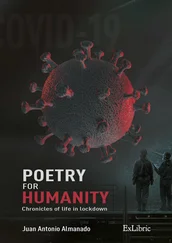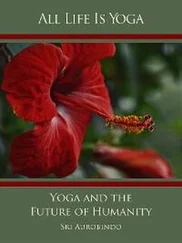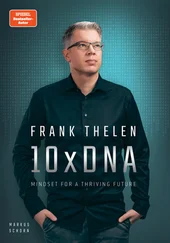But before that let’s focus on the potential devastation that could be wrought by human-induced environmental degradation, and by climate change. These interlinked threats are long-term and insidious. They stem from humanity’s ever-heavier collective ‘footprint’. Unless future generations tread more softly (or unless population levels fall) our finite planet’s ecology will be stressed beyond sustainable limits.
1.3. ECO-THREATS AND TIPPING POINTS
Fifty years ago, the world’s population was about 3.5 billion. It is now estimated to be 7.6 billion. But the growth is slowing. Indeed, the number of births per year, worldwide, peaked a few years ago and is now decreasing. Nonetheless, the world’s population is forecast to rise to around nine billion, or even higher, by 2050. [5]This is because most people in the developing world are still young and have not had children, and because they will live longer; the age histogram for the developing world will come to look more like it does for Europe. The largest current growth is in East Asia, where the world’s human and financial resources will become concentrated—ending four centuries of North Atlantic hegemony.
Demographers predict continuing urbanisation, with 70 percent of people living in cities by 2050. Even by 2030, Lagos, São Paulo, and Delhi will have populations greater than thirty million. Preventing megacities from becoming turbulent dystopias will be a major challenge to governance.
Population growth is currently underdiscussed. This may be partly because doom-laden forecasts of mass starvation—in, for instance, Paul Ehrlich’s 1968 book The Population Bomb and the pronouncements of the Club of Rome—have proved off the mark. Also, some deem population growth to be a taboo subject—tainted by association with eugenics in the 1920s and ’30s, with Indian policies under Indira Gandhi, and more recently with China’s hard-line one-child policy. As it turns out, food production and resource extraction have kept pace with rising population; famines still occur, but they are due to conflict or maldistribution, not overall scarcity. [6]
We can’t specify an ‘optimum population’ for the world because we can’t confidently conceive what people’s lifestyles, diet, travel patterns, and energy needs will be beyond 2050. The world couldn’t sustain anywhere near its present population if everyone lived as profligately—each using as much energy and eating as much beef—as the better-off Americans do today. On the other hand, twenty billion could live sustainably, with a tolerable (albeit ascetic) quality of life, if all adopted a vegan diet, travelled little, lived in small high-density apartments, and interacted via super-internet and virtual reality. This latter scenario is plainly improbable, and certainly not alluring. But the spread between these extremes highlights how naive it is to quote an unqualified headline figure for the world’s ‘carrying capacity’.
A world with nine billion people, a number that could be reached (or indeed somewhat exceeded) by 2050, needn’t signal catastrophe. Modern agriculture—low-till, water-conserving, and perhaps involving genetically modified (GM) crops, together with better engineering to reduce waste, improve irrigation, and so forth—could plausibly feed that number. The buzz phrase is ‘sustainable intensification’. But there will be constraints on energy—and in some regions severe pressure on water supplies. The quoted figures are remarkable. To grow one kilogram of wheat takes 1,500 litres of water and several megajoules of energy. But a kilogram of beef takes ten times as much water and twenty times as much energy. Food production uses 30 percent of the world’s energy production and 70 percent of water withdrawals.
Agricultural techniques using GM organisms can be beneficial. To take one specific instance, the World Health Organization (WHO) estimates that 40 percent of children under the age of five in the developing world suffer from vitamin A deficiency; this is the leading cause of childhood blindness globally, affecting hundreds of thousands of children each year. So-called golden rice, first developed in the 1990s and subsequently improved, delivers beta-carotene, the precursor of vitamin A, and alleviates vitamin-A deficiency. Regrettably, campaigning organisations, Greenpeace in particular, have impeded the cultivation of golden rice. Of course, there is concern about ‘tampering with nature’, but in this instance, new techniques could have enhanced ‘sustainable intensification’. Moreover, there are hopes that a more drastic modification of the rice genome (the so-called C4 pathway) could enhance the efficiency of photosynthesis, thus allowing faster and more intensive growth of the world’s number one staple crop.
Two potential dietary innovations do not confront a high technical barrier: converting insects—highly nutritious and protein rich—into palatable food; and making artificial meat from vegetable protein. As for the latter, ‘beef’ burgers (made mainly of wheat, coconut, and potato) have been sold since 2015 by a California company called Impossible Foods. It will be a while, though, before these burgers will satisfy carnivorous gourmands for whom beetroot juice is a poor substitute for blood. But biochemists are on the case, exploring more sophisticated techniques. In principle, it is possible to ‘grow’ meat by taking a few cells from an animal and then stimulating growth with appropriate nutrients. Another method, called acellular agriculture, uses genetically modified bacteria, yeast, fungi, or algae to produce the proteins and fats that are found in (for instance) milk and eggs. There is a clear financial incentive as well as an ecological imperative to develop acceptable meat substitutes, so one can be optimistic of rapid progress.
We can be technological optimists regarding food—and health and education as well. But it’s hard not to be a political pessimist. Enhancing the life chances of the world’s poorest people by providing adequate nourishment, primary education, and other basics is a readily achievable goal; the impediments are mainly political.
If the benefits of innovation are to be spread worldwide, there will need to be lifestyle changes for us all. But these need not signal hardship. Indeed, all can, by 2050, have a quality of life that is at least as good as profligate Westerners enjoy today—provided that technology is developed appropriately, and deployed wisely. Gandhi proclaimed the mantra: ‘There’s enough for everyone’s need but not for everyone’s greed’. This need not be a call for austerity; rather, it calls for economic growth driven by innovations that are sparing of natural resources and energy.
The phrase ‘sustainable development’ gained currency in 1987, when the World Commission on Environment and Development, chaired by Gro Harlem Brundtland, prime minister of Norway, defined it as ‘development that meets the needs of the present—especially the poor—without compromising the ability of future generations to meet their own needs’. [7]We all surely want to ‘sign up’ to reach this goal in the hope that by 2050 there will be a narrower gap between the lifestyle that privileged societies enjoy and that which is available to the rest of the world. This can’t happen if developing countries mimic the path to industrialisation that Europe and North America followed. These countries need to leapfrog directly to a more efficient and less wasteful mode of life. The goal is not anti-technology. More technology will be needed, but channeled appropriately, so that it underpins the needed innovation. The more developed nations must make this transition too.
Information technology (IT) and social media are now globally pervasive. Rural farmers in Africa can access market information that prevents them from being ripped off by traders, and they can transfer funds electronically. But these same technologies mean that those in deprived parts of the world are aware of what they are missing. This awareness will trigger greater embitterment, motivating mass migration or conflict, if these contrasts are perceived to be excessive and unjust. It is not only a moral imperative, but a matter of self-interest too, for fortunate nations to promote greater equality—by direct financial aid (and by ceasing the current exploitative extraction of raw materials) and also by investing in infrastructure and manufacturing in countries where there are displaced refugees, so that the dispossessed are under less pressure to migrate to find work.
Читать дальше
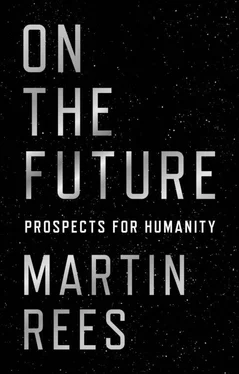
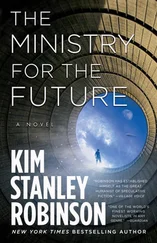
![Мартин Рис - Всего шесть чисел. Главные силы, формирующие Вселенную [litres]](/books/414169/martin-ris-vsego-shest-chisel-glavnye-sily-formir-thumb.webp)
